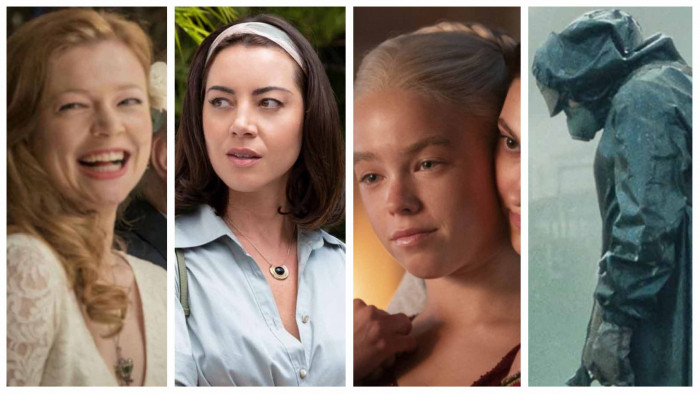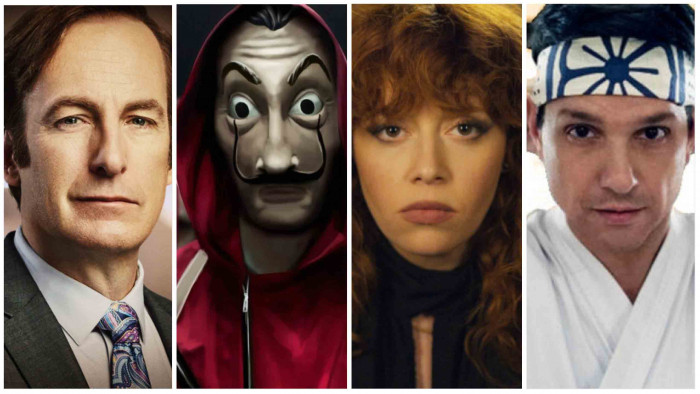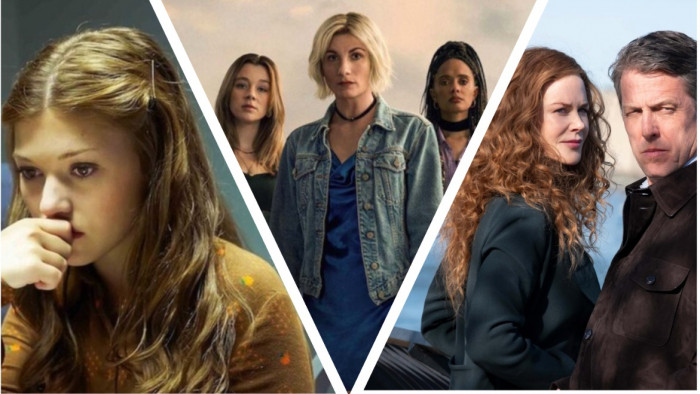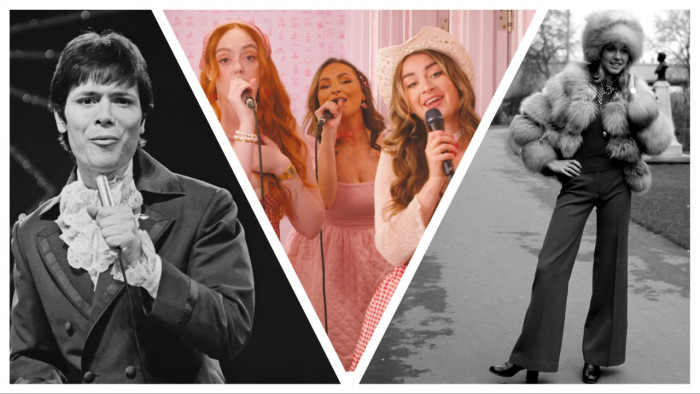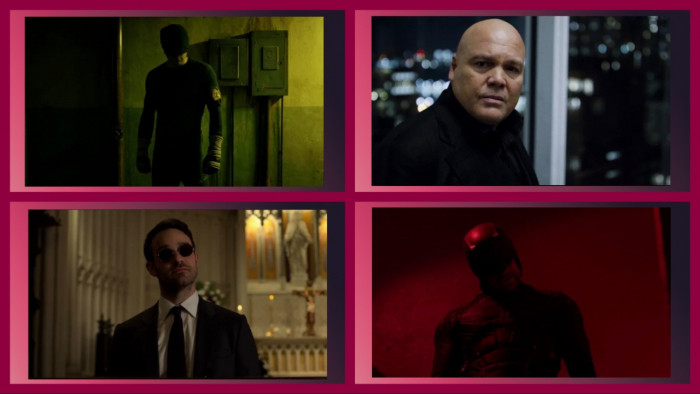The science behind why you can never decide what to watch on Netflix
Indecisive? You're not the only one


We’ve all found ourselves in what you might describe as ‘the Netflix freeze’. Countless films and TV shows to choose from, and yet you can’t come to a decision.
This indecisiveness has even become a major component of a programme available on the streaming service, namely The Good Place, but there is some actual science behind it all.
It’s not just about choosing between shows like Making a Murderer and American Vandal, either – the science of indecision can go for plenty of other things, from selecting your lunch order to determining what to use as a third example to finish this sentence.

According to a study from researchers at the California Institute of Technology, it all comes down to your anterior cingulate cortex and striatum, which is every bit as easy to say as it is to spell.
As Science Daily reports, the researchers gave test subjects groups of 6, 12 or 24 objects – in this case, different jams, as if mimicking grocery shopping choices – and asked them to each choose one.
The subjects’ brain activity was monitored while this was going on, and was found to be highest when they were choosing the best of 12.
According to Colin Camerer, a professor behind the study, the anterior cingulate cortex (responsible for cost-benefit analysis) and the striatum (responsible for determining value) saw higher activity when attempting to pick the ‘best’ from among each group of objects.

“The idea is that the best out of 12 is probably rather good, while the jump to the best out of 24 is not a big improvement,” Camerer said, adding that “our eyes are bigger than our stomachs”.
Simply put - it’s about the illusion of choice rather than what you are choosing. Where on the one side, we’re given autonomy over our decisions as a ‘clear choice’ but on the other, those choices need to be limited so as not to befuddle our brain and make us feel like we’re working too hard.
A choice from 6 items? Your brain is saying: “that’s not really a choice at all, how can any of those tick my Netflix boxes. I might as well do this myself if you’re not going to bother providing me with options.”
A choice of twelve and it changes to: “wow, nice choice. There’s more than enough to cater for my needs, I feel like I have enough suggestions for me to make an actual decision without spending too long thinking about it.
Twenty four choices and you’re into the Netflix rabbit-hole and screaming: “I am drowning in films! How can I possibly choose one of these when you keep telling me they’re all great, everyone’s talking about them all and they’re all critically acclaimed!”
“When we think about how many choices we want, we may not be mentally representing the frustrations of making the decision,” he explained.
Maybe it was easier when you just had a couple of TV channels to choose from and regularly lost the remote.
(Images: Netflix/Pixabay)

